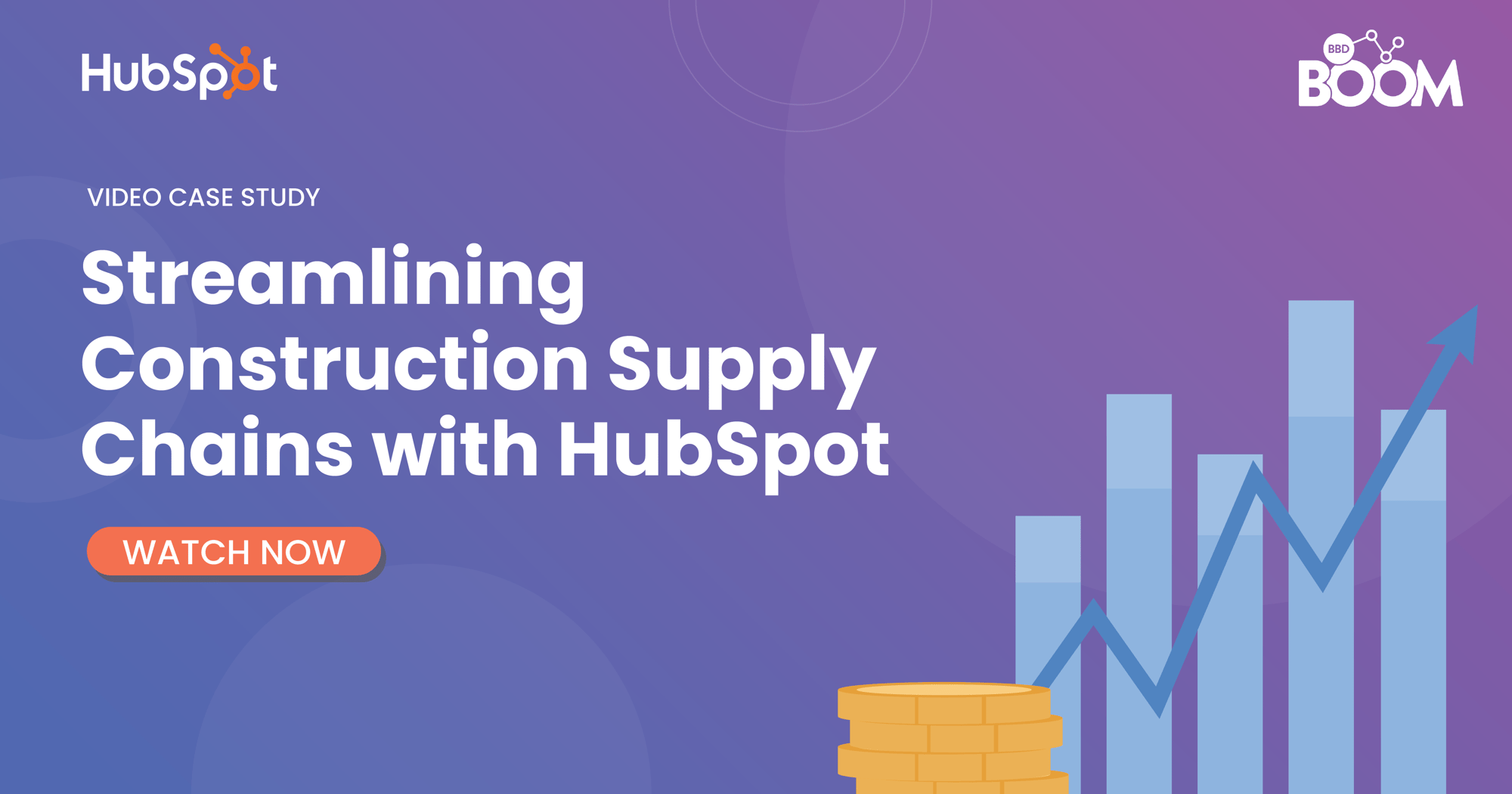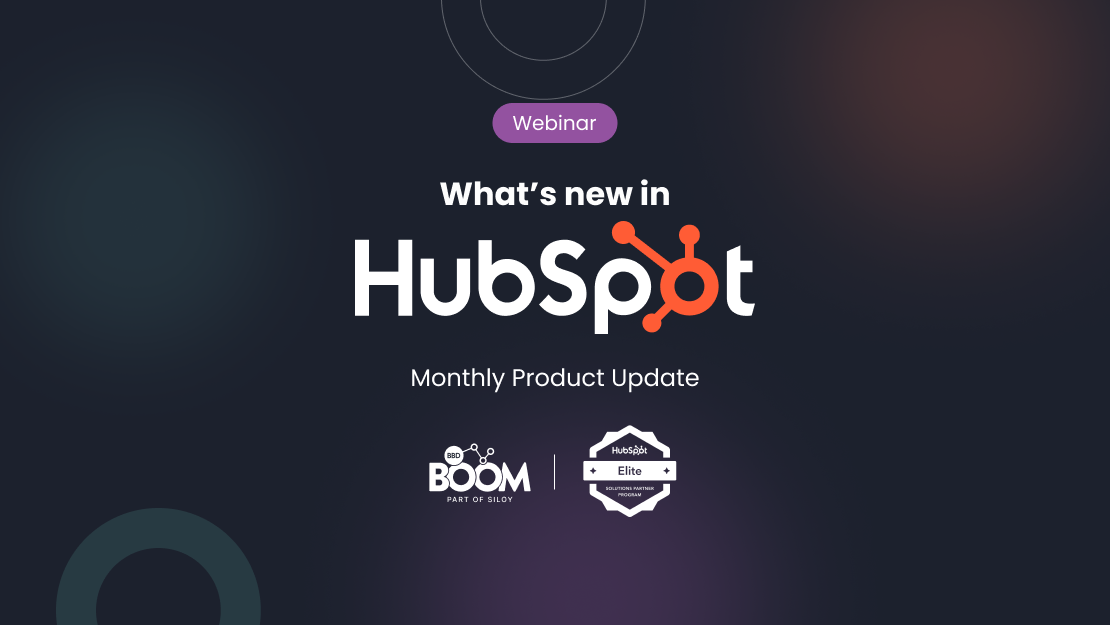The idea of building custom HubSpot integrations can be daunting. But sometimes you need to form an integration with your existing software, and there isn’t a native integration or connector that can make that happen for you.
That’s why we’ve put together this concise beginner’s guide to building HubSpot custom integration. Below, you’ll discover what HubSpot integration is, what the three types of integrations are, and the benefits of using a custom integration. You’ll also find out how you can create a custom integration.
Keep reading to get the information you need in order to boost your inbound marketing with custom integrations…
What HubSpot integration means
API Integration between two apps means bringing their data together so they can function like one system. Effectively, the data being exchanged behind the scenes affects what you are able to see on the user interface of your software.
When you form a HubSpot integration with your other applications, you can automatically sync contact and lead information between those platforms, making the function of each more effective.
It means you’ll always have the information you need available and organised. And it also means that your inbound marketing tools will work better by combining their individual powers.
Types of HubSpot integration
There are three distinct types of HubSpot integration:
● Native integration means that HubSpot has an existing API integration so that you can connect an app with it quickly and easily. For instance, HubSpot has a native integration for WordPress, available as a WordPress plug-in. You can find HubSpot native integrations at their marketplace, HubSpot Connect.
● Connector integration means that you are using a third party API integration to connect HubSpot and another application. For instance, Zapier hosts many additional HubSpot integrations that are not native so you can choose from even more integration options.
● Custom integration is when a developer creates a unique API integration that is not available as a native or connector integration. Custom integration is necessary when there is no existing connection between HubSpot and the other app you are using.
Benefits of custom integration
The primary benefit of custom integration is that you can connect workflows between HubSpot and your other sales and marketing apps that don’t have existing integrations, either natively or through connectors.
Here’s what happens when you connect workflows:
● You can create tailored ways to target leads, based on your existing tools and strategies, instead of having to learn new applications just because they have existing integrations.
● You can easily import your contacts and other data to HubSpot from your other CRM or app.
● You can make sure that your separate sales and marketing teams each have all data at their disposal, while being able to use the interface that works best for their particular needs.
● Your sales team can push leads back to marketing for further nurturing.
BBD Boom can make custom API integration for inbound marketing easy for you, and provides ongoing support. Click here to find out more about how integrations work, and how Boom could help.
.png?width=877&height=508&name=bbd-boom-siloy-navy+blue-logo%20(1).png)
.png)




-3.jpg)



